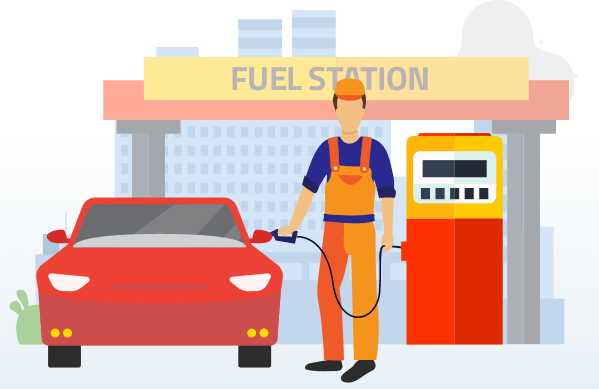When a company manages to reduce its delivery costs, it can transfer that savings margin to its customers by offering them lower prices for services, allowing it to improve its competitiveness. And the most susceptible area to reduce the logistics cost is the transport of goods.
Delivery cost is the sum of all costs associated with managing merchandise within the delivery chain. It starts from the dispatch of the suppliers to the delivery of the product to the final customer. Some of the main actions that influence the delivery cost are storage and transportation of lubricants, inventory management, payment of operating personnel, among others.
The fixed and variable costs that are foreseeable in the delivery chain must be considered, and the hidden costs that you generate in different delivery processes.
Categories and variants of delivery costs
The delivery chain is made up of a series of processes and threads. Therefore, there are different categories and variants of delivery costs, among which the following stand out:
Delivery cost for internal functions
The delivery cost for internal functions can be classified into three types:
- The delivery cost of supply, related to orders and receipt of goods and materials
- The delivery cost of storage, connected to storage space, warehouse maintenance, stock holding, and others.
- The delivery cost of information on the stock management process, stock control, and returns management.
Delivery cost for external functions
The delivery cost for external functions is mainly associated with the transport of goods and can be divided into two types:
- Delivery cost for long-distance transport, related to the transportation of goods from the producers to the distribution centers
- The distribution delivery cost is related to transporting goods from producers or distribution centers to points of sale or final customers. These are generally ground transportation costs.
Fuel Delivery Software
The Fuel delivery software market is an essential element of the industry. This is due to the size of its investments in the global market, significant technological advances, and innovations that have been taking place in recent years. The demand for innovation followed by industry players developed better and new versions of the fuel delivery software.
Fuel delivery software allows you to monitor fuel locations and track fuel delivery, inventory and transactions. This software includes fuel purchasing, billing, collections, and accounting network management applications. In a real sense, fuel delivery software is related to fleet management software, oil company software, and tracking software.
Wethosing app is fuel delivery software that helps manage fleets of all sizes and attain visibility into fleet processes and fuel consumption while on the go. With mobile fueling software apps like Wethosing, fleet teams can instantly access and update data related to fuel purchases, maintenance, controllers, inspections, parts, and more. Fuel card integration immediately records fuel transactions, and users get fuel economy metrics after each fill-up to improve driving habits and dramatically reduce fuel costs.
How Fuel Delivery Software Helps Increase Return on Investment
Fuel delivery costs can occur at any stage of the supply chain. One of these stages is the last mile, in which companies often have frequent difficulties, capable of increasing the price of the service and, in some cases, upsetting the customer.
With the use of fuel delivery software, managing the cost of delivery is easy. When an oil and gas company uses fleet delivery software for its dispatch activities, it cuts down the cost of delivery services and helps increase efficiency. This software increases the return on investment while cutting delivery costs and increasing productivity.
Conclusion
To reduce the delivery cost and increase investment return, the company must optimize its operations. That is, plan your routes, monitor your carriers, coordinate deliveries correctly, and keep the customer informed in real-time. Today, all this is possible with fuel delivery software, specialized last mile software capable of driving planning, monitoring by the company and the client, and managing deliveries effectively.










